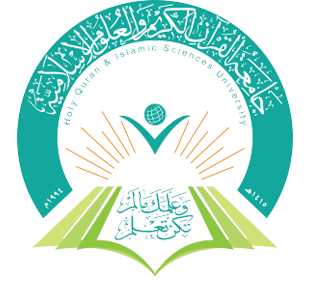Masculinization of present tense verbs and their feminization in Qur'anic Qira’at A study of reasons and significance
DOI:
https://doi.org/10.61821/v19i1.0155Abstract
The importance of this research appears in that it studies a phenomenon spread in Holy Qur’an, directing attention to its causes and implications. It aims to identify the places in which the ten readers differed between masculine and feminine. Analyzing and deducing the reasons and implications by which reading differences affected the meanings of verses and readings together. The researcher benefited from what the ancient and modern scholars wrote about this phenomenon from the sources of interpretation, language, and Qur'anic Qira’at. I used the inductive approach in tracking the areas of disagreement among readers in masculine and feminine verbs, and the descriptive analytical approach in mentioning the reasons for this difference and its implications. The research concluded with a number of results, the most important of which is that fifty-three There is a place in Holy Qur’an in which the ten reciters differed regarding the masculinization and feminization of verbs, and that there are four places in which it was read as feminine without the masculine, and that there are other reasons in explaining the phenomenon of masculinity and feminization related to the connotations of words as well as the grammatical structure of deletion, interpretation, appreciation, and matching of verbs with their internal linguistic context, masculinization and feminization.
Downloads

Downloads
Published
Issue
Section
License
Copyright (c) 2024 Journal of the University of Holy Quran and Islamic Sciences

This work is licensed under a Creative Commons Attribution 4.0 International License.
©This article is an open access article distributed under the terms and conditions of the Creative Commons Attribution (CC BY) license












